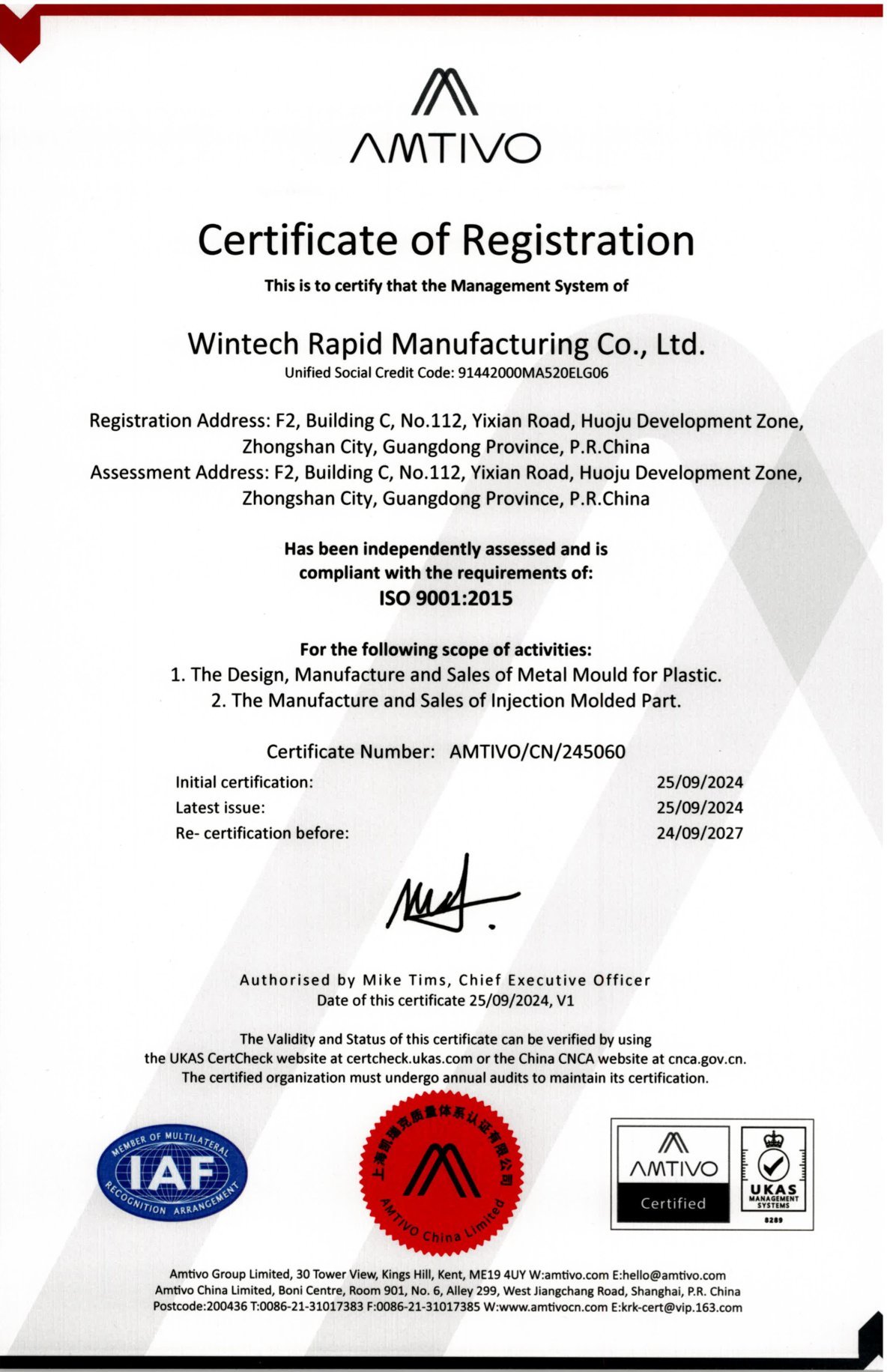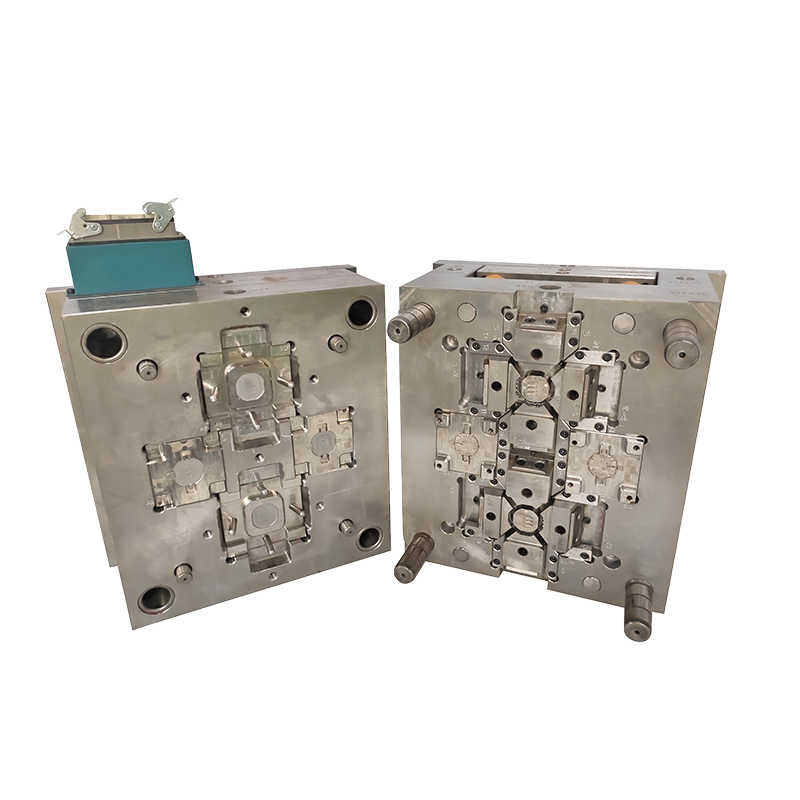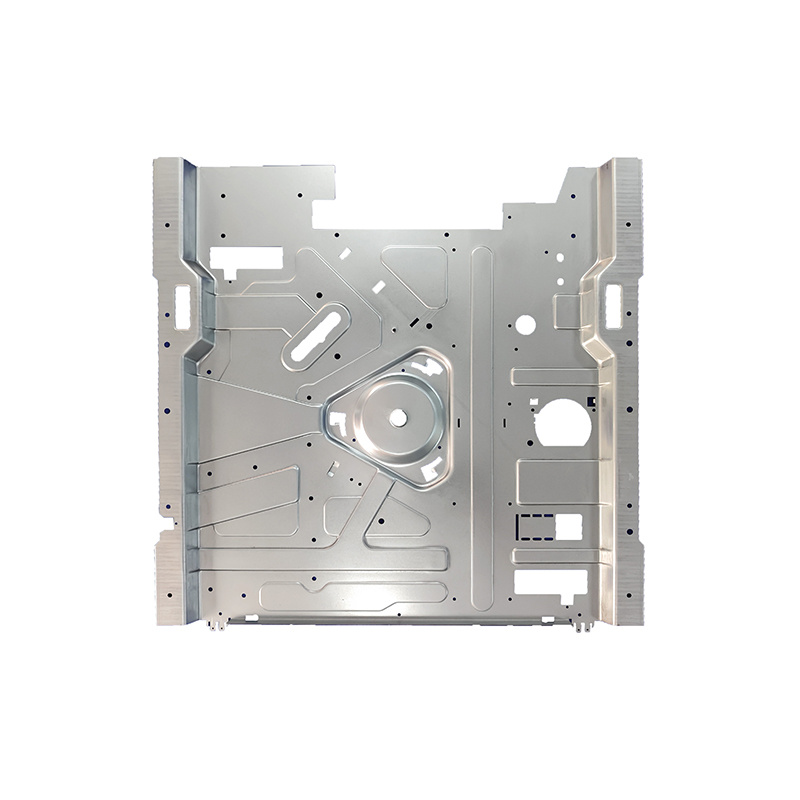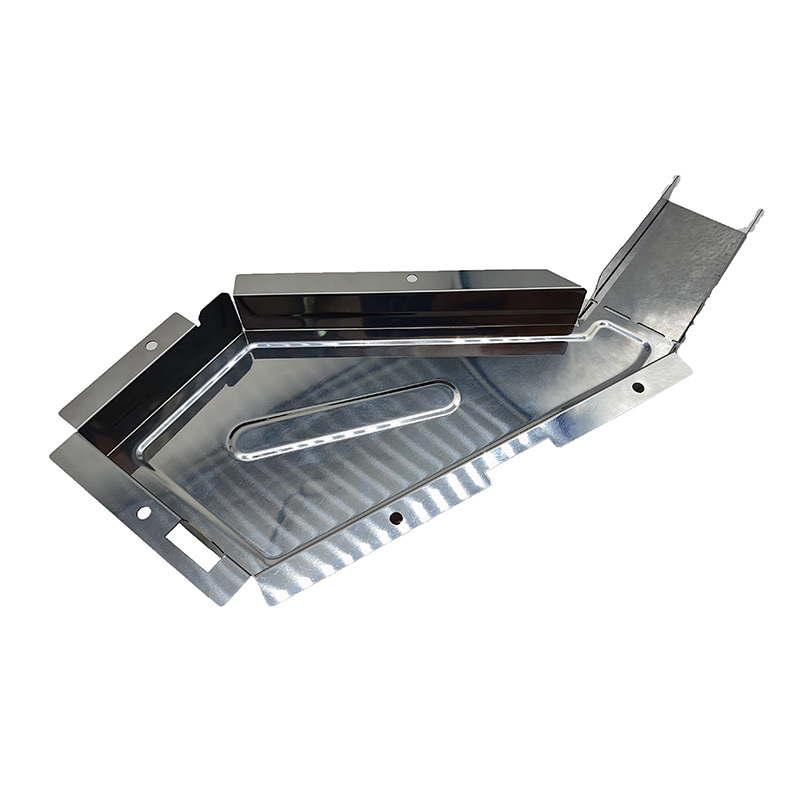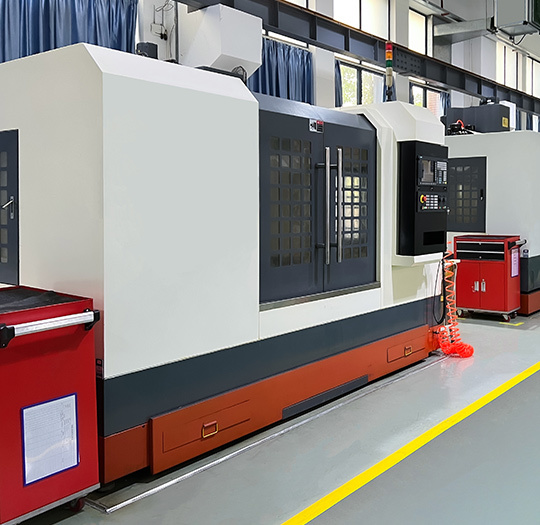Understanding Overmolding and Insert Molding: A Guide for Metalworking and Molding Industries
Time:
2025-04-23 09:40
Source:
Overmolding and insert molding are innovative manufacturing processes that have gained significant traction in the manufacturing and metalworking industries. Both techniques enable the creation of complex parts that combine different materials, enhancing functionality and performance.
Overmolding involves the process of molding one material over another, typically involving a substrate that is first molded or shaped, followed by the application of a second material layer. This method is particularly valuable for enhancing grip, cushioning, and aesthetics. For instance, in the production of hand tools, overmolding can be utilized to create a rubberized grip over a hard plastic body, improving user comfort and control.
Insert molding, on the other hand, combines metal or other rigid materials with thermoplastic or elastomeric materials during a single molding cycle. In this process, pre-formed inserts, such as metal pins or connectors, are placed into the mold cavity before the polymer is injected. The result is a strong bond between the insert and the molded part, which significantly improves durability and load-bearing capabilities. This technique is widely used in industries like automotive and electronics, where components require precise integration of different materials.
One of the primary advantages of both overmolding and insert molding is the reduction of assembly time and costs. By integrating multiple materials into a single part, manufacturers can minimize the need for additional assembly steps, thereby streamlining production processes. Additionally, these methods can enhance product performance by providing superior mechanical properties, such as resistance to impact, heat, and chemicals.
When considering these molding techniques, it’s important to evaluate the materials involved. The choice of substrate and overmold or insert material is crucial for achieving the desired properties. Compatibility between the materials can affect adhesion, durability, and the overall functionality of the finished product. It’s advisable to conduct thorough testing and analysis to ensure optimal performance.
In summary, overmolding and insert molding are essential techniques in the manufacturing and metalworking sectors, offering enhanced performance, efficiency, and product integrity. By understanding these processes, professionals can leverage their benefits to create innovative and high-quality products that meet the evolving demands of the market. As industries continue to push the boundaries of design and functionality, mastering these molding methods will be key to staying competitive.
Overmolding involves the process of molding one material over another, typically involving a substrate that is first molded or shaped, followed by the application of a second material layer. This method is particularly valuable for enhancing grip, cushioning, and aesthetics. For instance, in the production of hand tools, overmolding can be utilized to create a rubberized grip over a hard plastic body, improving user comfort and control.
Insert molding, on the other hand, combines metal or other rigid materials with thermoplastic or elastomeric materials during a single molding cycle. In this process, pre-formed inserts, such as metal pins or connectors, are placed into the mold cavity before the polymer is injected. The result is a strong bond between the insert and the molded part, which significantly improves durability and load-bearing capabilities. This technique is widely used in industries like automotive and electronics, where components require precise integration of different materials.
One of the primary advantages of both overmolding and insert molding is the reduction of assembly time and costs. By integrating multiple materials into a single part, manufacturers can minimize the need for additional assembly steps, thereby streamlining production processes. Additionally, these methods can enhance product performance by providing superior mechanical properties, such as resistance to impact, heat, and chemicals.
When considering these molding techniques, it’s important to evaluate the materials involved. The choice of substrate and overmold or insert material is crucial for achieving the desired properties. Compatibility between the materials can affect adhesion, durability, and the overall functionality of the finished product. It’s advisable to conduct thorough testing and analysis to ensure optimal performance.
In summary, overmolding and insert molding are essential techniques in the manufacturing and metalworking sectors, offering enhanced performance, efficiency, and product integrity. By understanding these processes, professionals can leverage their benefits to create innovative and high-quality products that meet the evolving demands of the market. As industries continue to push the boundaries of design and functionality, mastering these molding methods will be key to staying competitive.
overmolding insert molding
Related news
2024-11-15



